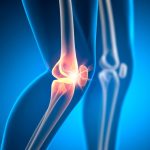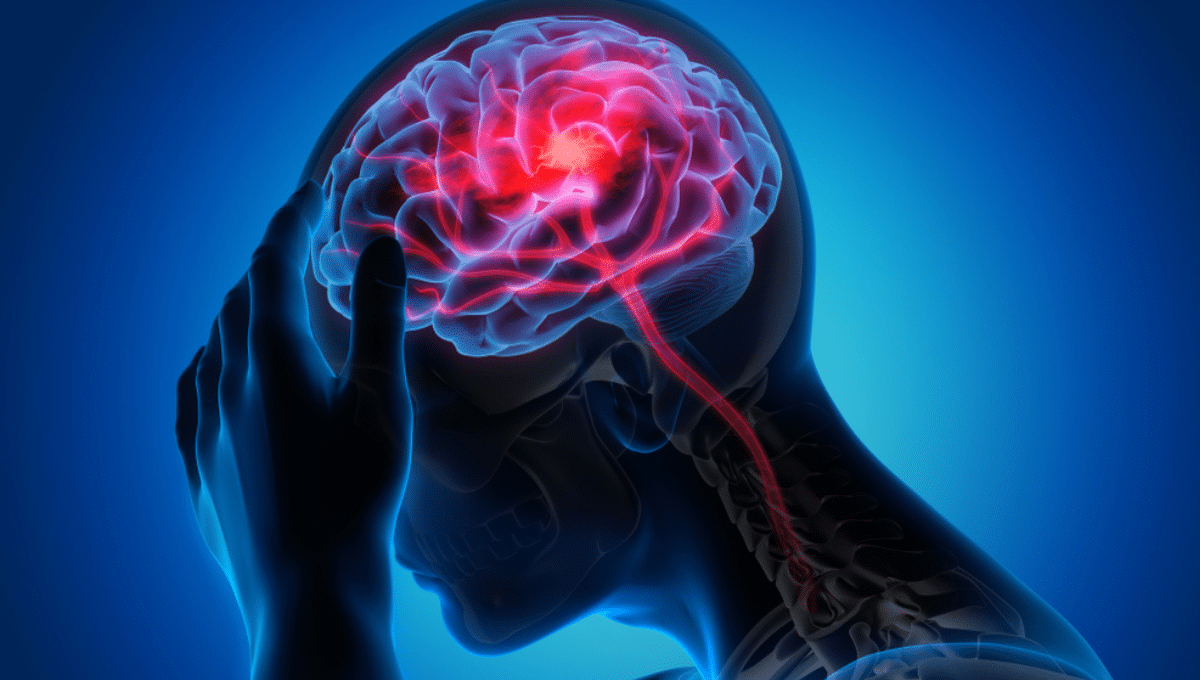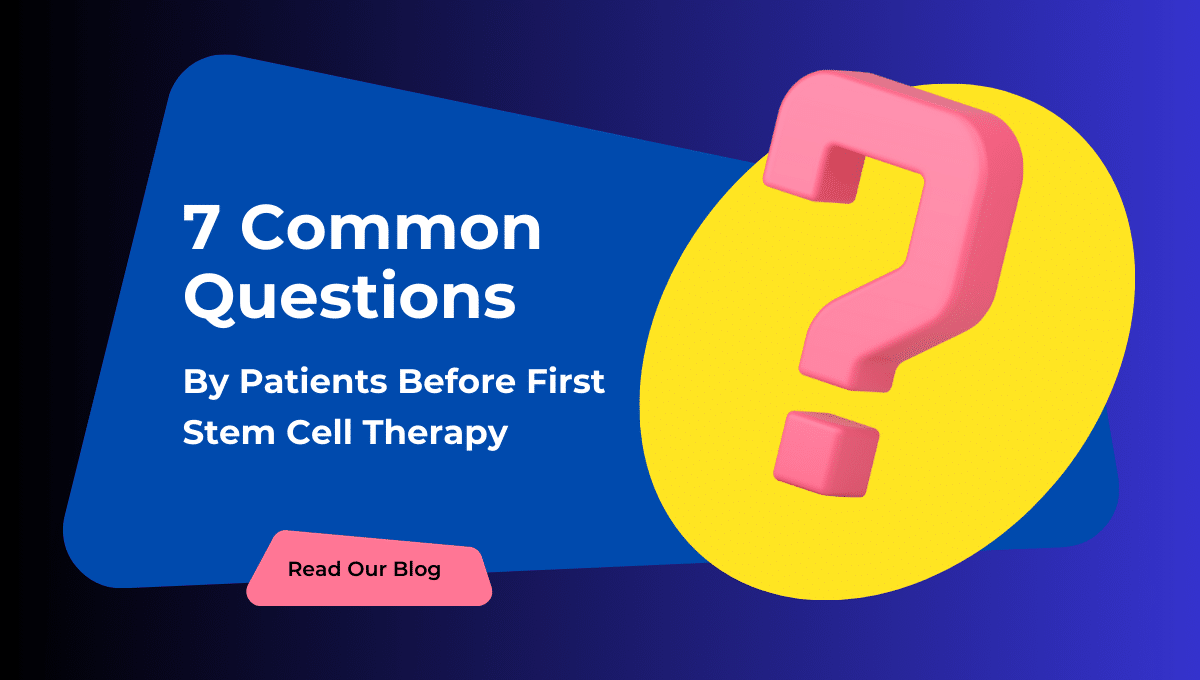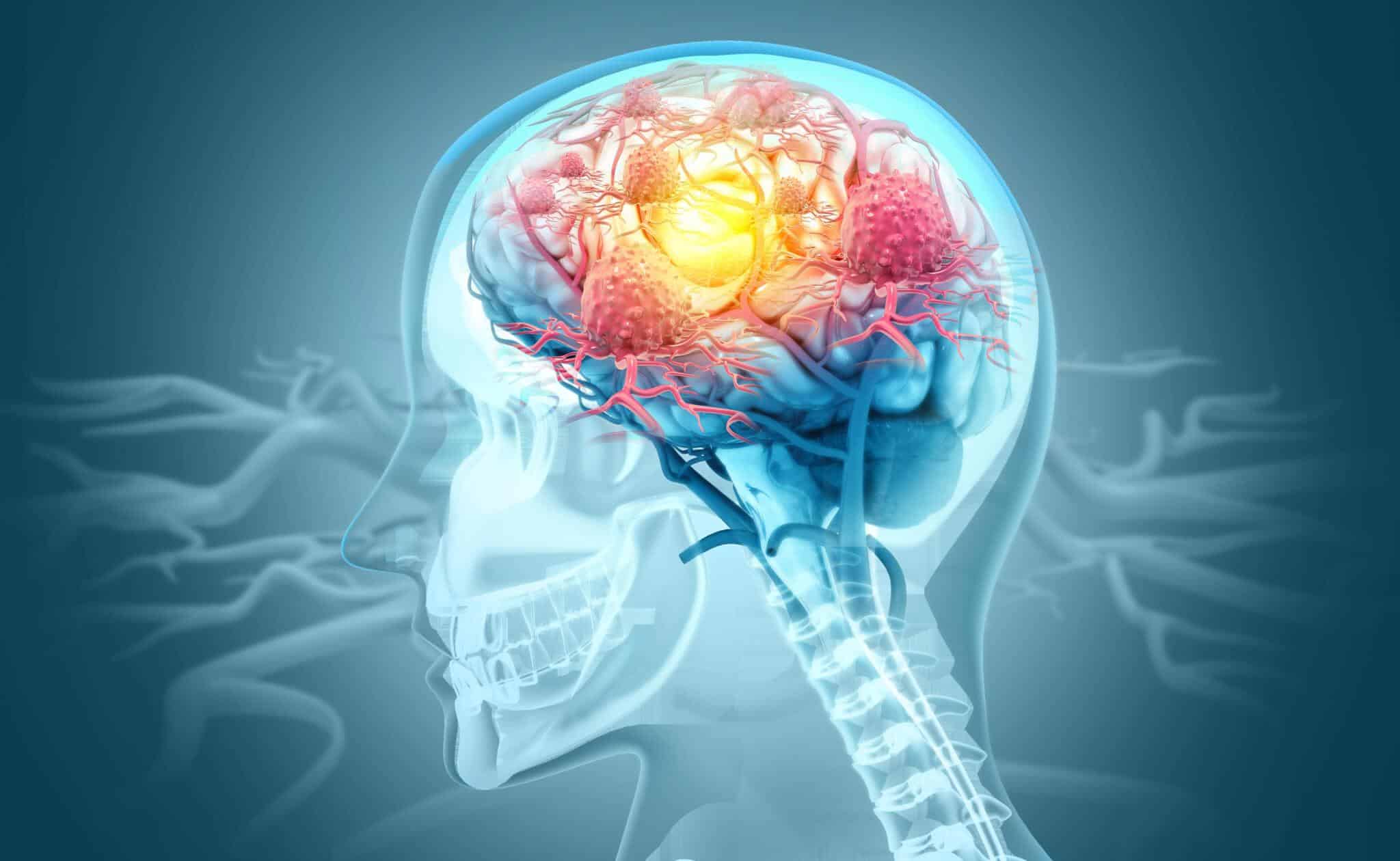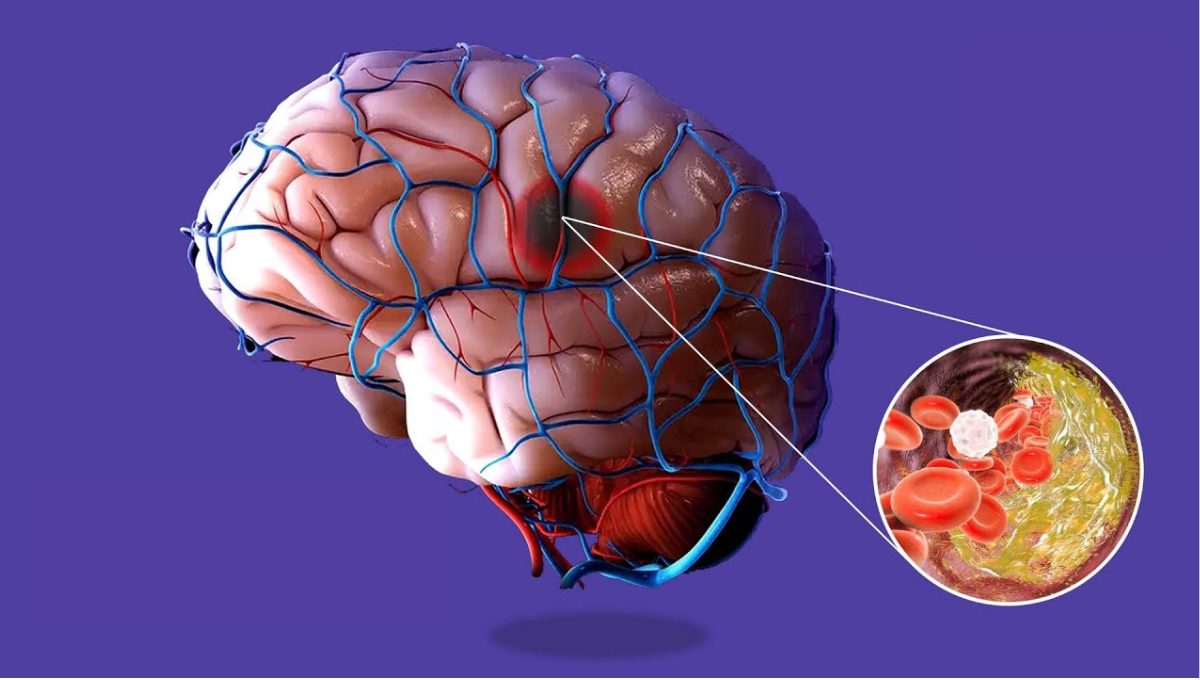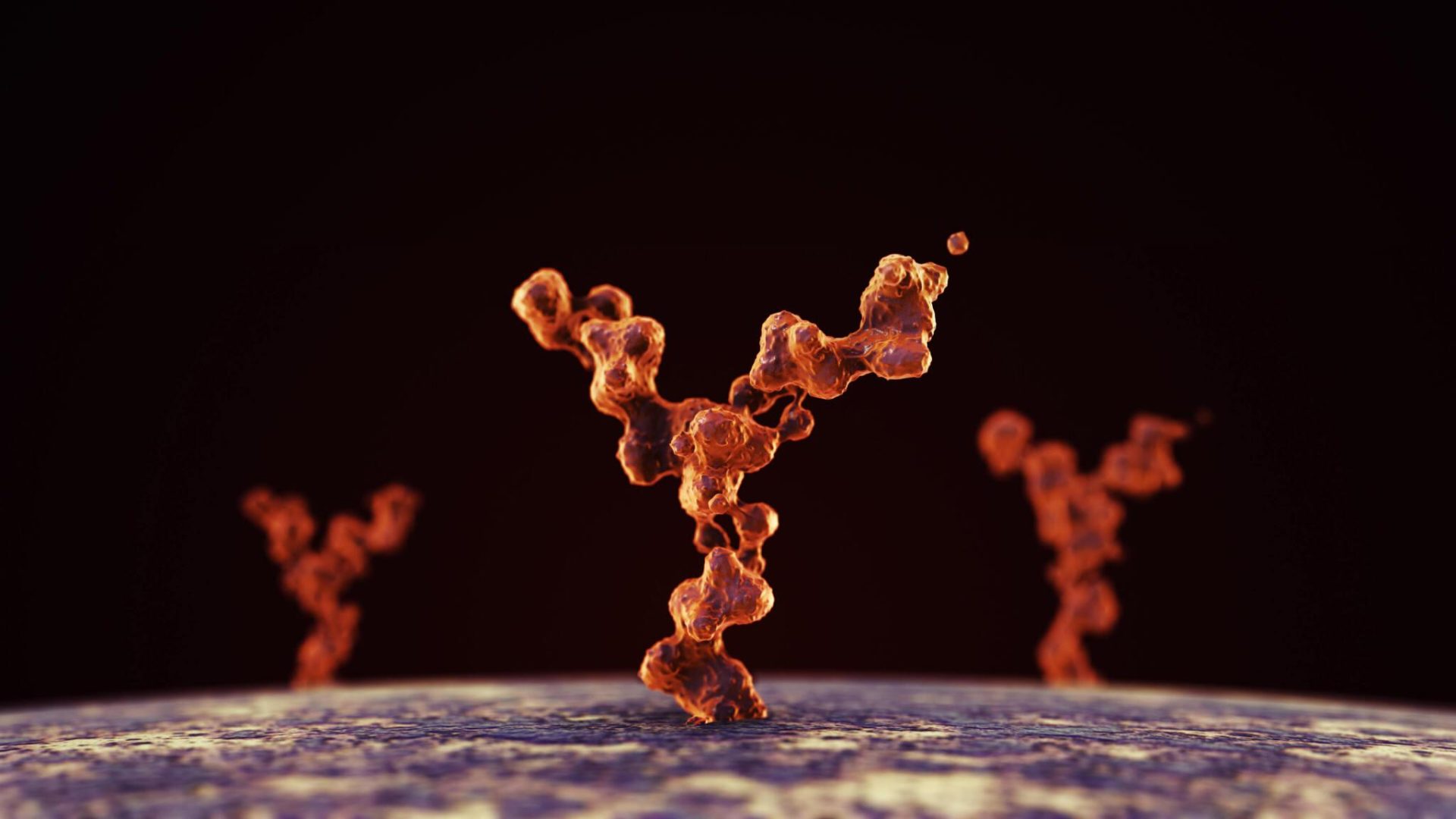- Home
- About Us
- Book Appointment
- Treatments
- Alzheimer’s Disease
- Anti-Aging
- Autism
- Autoimmune Disorders
- Back Pain
- COPD
- Crohns Disease And Ulcerative Colitis
- Erectile dysfunction and Penis enlargement
- Fibromyalgia
- Hip Pain
- Knee Pain
- Lupus
- Lyme Disease
- Multiple Sclerosis
- Muscular dystrophy
- Parkinsons Disease
- Peripheral And Diabetic Neuropathy
- Post Cancer Treatments
- Post Stroke Recovery
- Psoriasis
- Rheumatoid Arthritis
- Shoulder Pain
- Join The Club
- Aesthetics
- Blog
- Contact Us
Nearly 10-40 percent of the global population between the age of 50-60 years suffer from sciatica. About 5 percent of the entire population is diagnosed with this disease every year.
The human body’s largest nerve is the sciatic nerve. It is located in the lower spine and continues down through the back of the thighs up to the bottom of the foot.
This nerve has sensory and motor functions. It connects the brain with the skin and the leg muscles.
Sciatica is a condition that happens when the sciatic nerve is negatively affected. It sends pain signals to the brain even though there are no external injuries.
We will briefly explain the disease and explore the best treatment methods for sciatica using stem cells in 2024.
Symptoms of Sciatica and Impact on Life
The sciatica symptoms are different for every patient. Burning sensations, aching pain in the back, and bowel movement problems are primary signs. Other symptoms include a feeling of numbness in the affected area and weakened leg muscles.
It severely impacts the quality of life. Patients with sciatica can experience difficulty in moving, sitting, driving, or playing sports.
Conventional Sciatica Treatment vs Trending Therapies
Traditional treatments for relieving sciatica pain include –
- Application of heat pad or cold packs on the back
- Complete rest for a few days
- Stretching the hamstrings
- Chiropractic practices
- Lumbar or hip braces
- Pain reliever medications such as ibuprofen
- Surgery is the only option for patients with severe sciatica symptoms
Emerging therapies for sciatica are –
- Pulsed radiofrequency – High-frequency energy is passed through the brain to reduce pain signals in this type of minimally invasive procedure. This method is combined with epidural steroid injections to reduce signs of disability.
- Transcutaneous electrical nerve stimulation – Electrical pulses are passed through the affected area in this non-invasive treatment.
- Acupuncture – A scientific approach to alleviate the pain and numbness due to sciatica.
- Micro-pellets – A rice-sized micro-pellet is injected around the inflamed nerve. This pellet contains clonidine which reduces pain signals.
Stem Cell Therapy: A Cutting Edge Treatment in 2024
Stem cells can reinstate the body’s self-healing abilities. It is an ideal medical intervention to repair damaged tissues. Stem cells are used to treat sciatica-related back pain through direct injections in the affected area or the surrounding tissues. These cells can transform into blood cells, brain cells, nerve cells, and joint tissues.
These are undifferentiated cells that can identify and transform into different types of cells. This innovative therapy can improve the immune system and reduce inflammation. Most importantly, it stimulates natural tissue regeneration and enhances the overall quality of life.
Overview of Sciatica: Causes and Challenges
Let us find out the symptoms and causes of sciatica.
What is Sciatica?
Sciatica is a condition in which the sciatic nerve is affected. Herniated discs, bone overgrowth, and external pressure on the lumbar spine nerve roots cause excruciating pain.
The pain related to this condition lasts up to 6 weeks. Surgery may be necessary if the pain does not disappear within this time. People who have lumbar spinal stenosis or spondylolisthesis can also develop sciatica.
Read Also: Stem Cell Therapy: A Non-surgical Alternative To Spinal Stenosis
Causes
Several factors can impact the sciatic nerve and cause sciatica. Common causes are –
- Herniated disc – Dislocation of the herniated disc causes pain and pressure in the lower back that can transcend into sciatica.
- Spinal stenosis – The narrowing of the spinal canal that exerts high pressure on the sciatic nerves.
- Osteoarthritis – This is an age-related disease that can aggravate the sciatic nerve pain.
- Bone spurs – Spurs in the bone due to arthritic conditions that pinches the sciatic nerves.
- Spondylolisthesis – Misalignment of the vertebrae induces sciatic nerve problems.
- Pelvic injuries – Injuries and fractures in the pelvic region can stimulate sciatica pain.
Traditional Treatment Challenges
Traditional treatments for sciatica do not provide conclusive results to improve the symptoms of the disease. Some of the challenges in the traditional treatment method include –
- Little or no improvements in pain relief and functional abilities have been noted for patients who are suggested bed rest. Therefore, long-term bed rest for sciatica is no longer recommended by doctors.
- Analgesics, muscle relaxants, and non-steroidal anti-inflammatory drugs are less effective than a placebo to provide relief from sciatica symptoms.
- No evidence of positive results is recorded for short-term pain relief from corticosteroid injections for sciatica.
- Physical therapy does not highlight better results for sciatica improvement compared to bed rest.
Need for Innovative Sciatica Treatments in 2024
The possibility of side effects is high in conventional treatment methods. Moreover, the treatment may not be effective. Some of the reasons why there is a need for innovative treatments are –
- Rising cases of sciatica are influenced by degenerative disc diseases and lifestyle factors such as obesity.
- Limitations and temporary actions of conservative therapies, inconsistent outcomes of invasive surgeries, and side effects of sciatica pain management options.
- Increased demand for best non-surgical options for sciatica.
- Integrated approaches combine conventional treatment with advanced therapies for better results.
- The inability of current treatment methods to address the underlying issues related to sciatica.
Sciatica Treatment Review for 2024
This section provides a clinical overview of conventional sciatica treatment.
Prescriptions Drugs and Medications
Over-the-counter medications and prescription drugs for treating sciatica include –
- Tylenol is an over-the-counter medicine suggested for pain relief. These help to reduce sciatica-related inflammation.
- Prescribed muscle relaxants such as Lioresal and Zanaflex. These medicines prevent muscle spasms.
- Nerve pain medication such as Lyrica and Neurontin. These help to manage nerve pain in the neck and the back.
- Antidepressants such as duloxetine. It prevents spine-related nerve pain.
- A short course of corticosteroids.
Physical Therapy and Lifestyle Alterations
Physical therapy and lifestyle adjustments help sciatica patients get some relief from the symptoms. Some of the therapies and adjustments for managing sciatica are –
- Physical therapy – Targeted and personalized exercises to stretch the muscles of the lower back, hips, abdomen, and thigh.
- Lifestyle adjustments such as regular exercising and maintaining a good posture could relieve the pain associated with sciatica.
Effects of Cortisone Injections
Cortisone injections are effective in providing temporary pain relief from the symptoms of sciatica. However, there are some complications and long-term side effects of this treatment. Let us check them –
- Pain relief – Some patients experience immediate effects of the injections while others may need to wait a few days to experience the treatment benefits.
- Side effects – Complications related to this injection include pain at the site of administration, swelling, bruising, increased blood sugar levels, skin discoloration, infections, injury to the blood vessels, breakdown destruction of surrounding tissues, and skeleton degeneration.
NOTE: Patients should not exceed more than 3-4 cortisone injections in 1 year.
Risk and Cost of Surgery
Surgeries are effective in relieving sciatica pain. However, it also invites many risks and side effects. These include –
- Risks related to nerve damage, infections, tissue scars, excessive bleeding, and failed back surgery syndrome.
- It takes a longer time to recover from surgeries. The recovery period is increased if the patient has additional health issues. The overall recovery time from surgeries takes up to 2-4 weeks.
- Surgeries are more expensive compared to non-surgical treatments.
- Sciatica pain can resurface after 4 years or more from the surgery.
- The surgery costs for sciatica depend on the location of the clinic, the expertise of the doctor, and the type of surgery.
Limitations of Traditional Sciatica Treatment
Several limitations are recorded for conventional sciatica treatments. Some of these are –
- Bed rest – Not as effective in relieving pain and can worsen the condition.
- Medications – Analgesics do not provide long-term relief while antiepileptics are considered harmful for such conditions.
- Steroidal injections relieve patients from pain related to sciatica for the short term while causing side effects such as skin thinning as well.
- Surgery risks include nerve injuries, heart attacks, and infections.
Stem Cell Therapy for Sciatica: Treatment Breakthroughs in 2024
In this section, we will show you the latest sciatica treatment methods in 2024.
How Do Stem Cells Work?
Stem cells are the primitive cells of the body that also act as the repair system.
There are different types of stem cells. Some of them include –
- Embryonic stem cells – These are derived from human embryos and can transform into any type of cell in the body.
- Adult stem cells – These cells replace dying cells in the body.
- Pluripotent stem cells – A type of adult stem cells that can transform into other types of cells in the body.
- Mesenchymal stem cells – MSCs are found in the human umbilical cord tissues, bone marrow, and body fat.
- Multipotent stem cells – Such cells originate from different parts of the body including the placenta, tooth, and adipose tissues.
- Neural stem cells – Tissue-specific stem cells that regenerate brain and neuron cells.
The following characteristics determine the actions of stem cells in repairing and regenerating damaged tissues and cells –
- Dysfunctional – Undivided stem cells do not have any specific functions and perform the actions of a cell type they transform into.
- Self-regenerative – Stem cells divide and renew itself consistently.
- Transformative – Stem cells can differentiate and transform into different types of body cells.
- Potency – Stem cells possess different abilities. This means their effectiveness varies based on the number of cells they regenerate or repair.
- Anti-inflammatory – Stem cells can limit the inflammatory actions within the body to eliminate a wide range of diseases and heal injuries.
- Immunomodulatory – Stem cells can enhance the performance of the immune system and protect the body from injuries, infections, and diseases.
Stem Cell Treatment for Nerve Pain and Tissue Regeneration
Let us show you how stem cell therapy promotes nerve and tissue regeneration –
- Stem cells release trophic factors to speed up the body’s regenerative abilities.
- The cells secrete extracellular vesicles also known as exosomes that reduce inflammation and regulate genes.
- Stem cells regenerate the axonal myelin sheath.
- Formation of new blood vessels.
- Stem cells modulate the immune system.
- Stem cells accelerate the release of chemokines and cytokines.
Stem Cell Therapy Success Rates of Clinical Trials for Sciatica
The success rates and clinical trials for sciatica pain relief using stem cells highlight –
- Extracellular vesicles or exosomes derived from stem cells can improve the formation of nerve vessels and enhance neurological functions.
- Mesenchymal stem cells (MSCs) derived from human umbilical cord tissues (Wharton’s) highly repair sciatic nerve injuries.
- 90 percent of patients who are treated with conservative methods for herniated lumbar disc-related sciatica recover within 4 months. Similarly, surgical interventions highlight that less than 50 percent of patients recover from sciatica symptoms after surgery.
Administration Procedure for Stem Cell Injections
Stem cells are administered in a minimally invasive and non-surgical method. Treatment methods for sciatica using stem cell injections include –
- Intravenous (IV) infusions – Stem cell injections are given through the veins.
- Intraarticular injections – These types of injections are given directly at the site of the pain.
- Intramuscular injections – Stem cells are introduced through muscular injections for this type of treatment.
Stem Cell Therapy and Traditional Treatment Comparison
We will give you a brief overview of how stem cells treat sciatica compared to surgical options for sciatica treatment in this section.
Stem Cells vs. Surgery: The Better Option
The differences between stem cell therapy and surgery for sciatica treatment are –
- Stem Cell Therapy – This treatment addresses the root cause of sciatica. Therefore, the therapy helps to provide long-term relief from the symptoms of the condition. Furthermore, it is a minimally invasive and non-surgical sciatica treatment method that reduces the risks of nerve damage and accelerates tissue regeneration.
- Surgery – Surgeries are invasive and increase the risk of post-surgical complications such as excessive blood loss or nerve injuries. Moreover, it takes longer to recover from surgeries compared to stem cell therapy. However, surgeries provide better pain relief and functional improvements for up to 1 year compared to non-surgical treatments.
NOTE: The age of the patient, the severity of sciatica, and the number of treatments they explored will determine the best treatment option for them. Even though it is a personal choice, stem cell therapy is better equipped to fight sciatica symptoms without any surgical incisions and provide long-term results as well.
Read Also: Stem Cell Therapy: A Revolutionary Alternative to Invasive Surgery
Cost-Effectiveness of Stem Cell Therapy in 2024
Multiple factors determine the cost-effectiveness of stem cell therapy in 2024. These are –
- Age of the patient
- Weight, height, and gender of the patient
- Clinic location
- Type of stem cells used for treatment
- The dosage required for the patient
- Unidentified expenses
- Additional medication conditions
- Method of administration
Reduced Recovery Time
Stem cells promote faster recovery and minimum downtime to help patients return to regular life and activities at the earliest.
The treatment process is completed within 30-60 minutes. However, patients experience the results of the treatment at different intervals. It depends on their age and condition. Nevertheless, most patients experience recovery within a week of the stem cell therapy.
Reduced Risks and Safety of Stem Cell Therapy
Some of the benefits of stem cell therapy in reducing the complications related to surgeries include –
- Stem cell therapy is given through one injection of infusion making it less invasive to surgical incisions.
- Stem cell therapy offers better results compared to traditional treatment while reducing the risks related to surgeries as well.
- Patients can swiftly recover after a stem cell therapy session compared to surgeries. For example, a patient can resume their regular life one day after stem cell therapy while it may take weeks or months for patients to return to normal life after surgery.
- Stem cells promote the natural regeneration of tissues and cells while surgeries focus on removing damaged tissues and cells.
- Sciatica stem cell injections are free from the risk of developing deep vein thrombosis.
- There are no risks of nerve injuries in minimally invasive stem cell therapy compared to surgical incisions.
Success Stories from Patients in 2024
Several patients who were treated with stem cell therapy for sciatica highlighted the following results –
- Improvement in muscle strength
- Decreased neuropathic pain
- Improved mobility
Sciatica Recovery Stories Using Stem Cells
Here are some case studies of patients who tried stem cell therapy and have been living better lives since.
Case Study 1 –
A patient from Australia was treated for sciatica and they explained how they did not feel any pain during the treatment. Most importantly, they can resume regular activities and the signs of their back pain have completely disappeared after the stem cell therapy.
Case Study 2 –
An Icelandic patient got our stem cell therapy to treat back pain and a year later they say there are no signs of the pain anymore. The patient is extremely happy with the improvement in their overall quality of life.
Testimonials
Hear directly from patients who are significantly relieved from sciatic nerve pain after trying stem cell therapy.
Testimonial 1
- Edward Cullen – I came from California to Mexico after I heard about the non-surgical and cost-effective stem cell treatment for sciatica. I have been bearing pain and discomfort for the last 4 weeks and the treatment helped me get back to regular life within a week. Highly recommended for anyone who values a holistic and scientifically-approved non-invasive treatment method.
Testimonial 2
- Jacob Fatu – I am a professional wrestler and recently had a hip injury. My colleague immediately suggested stem cell therapy. I did my research and connected with the best stem cell clinic in Mexico. Thanks to their latest equipment and friendly doctors, I could return to sports within a few weeks after the treatment. Thankfully, I did not even have to go through any surgeries!
Scope of Future Improvements
Stem cells highlight long-term improvements for sciatica patients through –
- Replacing damaged cells
- Reducing inflammation
- Regenerating tissues and cells
- Repairing damaged cartilage
- Enhancing myelin sheath formation of the neuron axons
- Accelerating neurotrophic activities to maintain the nervous system
How To Confirm if Stem Cell Therapy is the Right Option
Let us highlight who is eligible to receive stem cell therapy in this section.
Eligibility for Stem Cell Therapy
An ideal candidate for stem cell therapy for sciatica should highlight the following features –
- Patients should have good health and a body that can tolerate stem cell therapy.
- Unwell people and ones who live an unorthodox lifestyle may not benefit from stem cell therapy.
- Patients who are experiencing tissue degeneration are good candidates for stem cell therapy.
- If a patient is suffering from sciatica and found no improvement in their condition after trying conventional treatment.
- A patient who went through surgery and is experiencing post-surgical complications related to back pain.
- Patients who are suggested to try surgery also make ideal candidates for the therapy.
Preparation for Treatment
Pre-procedure preparation before stem cell therapy for sciatica includes –
- Doctor’s consultation to finalize if stem cell therapy is the right option for the patient.
- Stop taking any medicines that thin the blood such as Heparin or Plavix.
- Avoid anti-inflammatory medicines for 7 days before the stem cell therapy.
- Drink up to 64 ounces of water regularly for 2 days before the therapy.
During the therapy, patients can expect –
- Stem cell injections are administered directly at the location of the injury or through intravenous infusions in a non-surgical setup.
- Imaging tests to identify the best administration method and location for stem cells.
- A quick recovery time and reduced back and hip pain using stem cell therapy.
Risks and Side Effects
Patients who want to get stem cell therapy for sciatica should be aware of the following risks and side effects –
- Side effects include fatigue, chills, headache, low-grade fever, and nausea.
- Risks include tumors, rejection of the immune system, infections due to incorrect administration methods, interactions of stem cells with certain medicines, the overall cost of stem cell therapy, and the lack of insurance coverage options for the treatment.
Post-Treatment Care and Rehabilitation
Stem cell therapy does not end after the injections are administered. Healthcare professionals conduct timely follow-up sessions with the patient once the treatment is completed. Follow-up activities include –
- Recalibrating doctor’s instructions
- Avoid anti-inflammatory drugs as long as instructed
- Reintroduce movement gradually
- Avoid high-energy activities as long as advised
- Engaging in gentle exercises such as stretching
The Future of Sciatica Treatment with Stem Cell Therapy
Get an overview of the possibilities of stem cell therapy in managing sciatica pain and providing long-term relief.
New Technology and Research
Recent research and stem cell innovations for sciatica treatment include –
- Harvesting stem cells from umbilical cord tissues takes less time compared to deriving embryonic stem cells.
- Mesenchymal stem cells (MSCs) promote pain relief.
- Magnetic targeting is used to deliver stem cells to injured nerves in a non-invasive method.
- Combination of pulsed radiofrequency with stem cell injections for better outcomes.
Advancements of Stem Cell Therapy for Other Spinal Conditions
Advancements in stem cell therapy for healing spinal cord injuries and diseases include –
- Nerve cell recovery through damaged neuron replacement and creating a microenvironment to reconnect nerve fibers.
- Regenerate tissues and cells and improve overall functions of the organs without any surgical interventions.
- Stem cells can heal injuries that occur during spine injuries.
Role of Regenerative Medicine: Stem Cells for Chronic Back Pain Management
Stem cells are regenerative medicine that offers a personalized treatment approach for sciatica in the following ways –
- Non-surgical treatment – Platelet-rich plasma (PRP) and stem cell therapy are non-invasive alternative treatments for sciatica pain compared to surgeries, physical therapies, and medicines that reduce risks and decrease recovery time.
- Targeted administration – Stem cells can be injected directly into the affected area for maximum and quick impacts.
- Long-term relief – Stem cell therapy provides long-term relief from pain and other sciatica symptoms compared to ongoing therapies, medicines, or surgeries.
Regenerative medicine such as stem cells is reshaping the future of pain management treatments. Quick recovery results, targeted pain management, non-invasive treatment methods, and reduced requirements for medications make stem cell therapy a popular option for patients suffering from chronic pain.
Conclusion
The Life Altering Stem Cell Therapy Institute is a renowned clinic equipped with the latest technologies to administer stem cell therapy.
We assess your overall condition and determine the extent of sciatic nerve pain. Our expert doctors prepare a personalized treatment plan based on the results.
Try this exclusive treatment and live a happy, healthy, and pain-free life.


